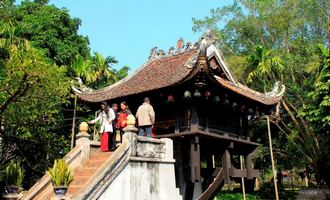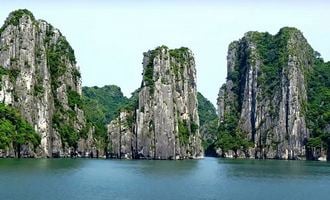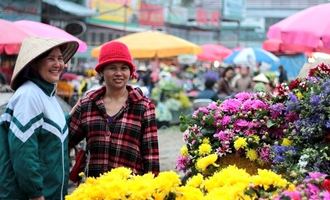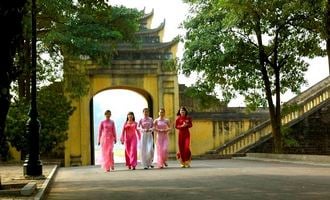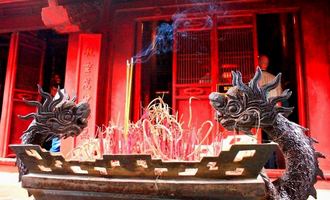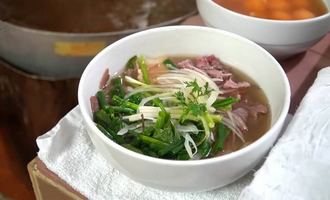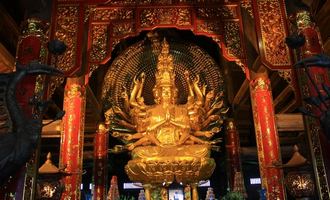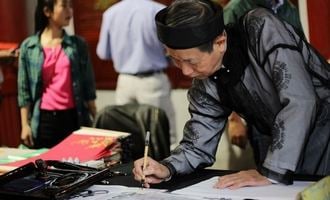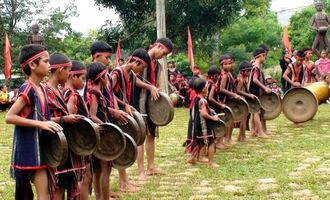Vietnam, a beautiful country lies on the eastern coat of Indochina Peninsula in Southeast Asia. It is the country of 4 thousand years history and the spectacular scenery. Recently, Vietnam has become more and more popular destination for travelers from far and wide. Boast as one of the most attractive destinations in Asia, the country has lots to offer. With more than 3000 km of coastline endowed with stunning beaches and lagoons, Vietnam is an ideal place for beach lovers.
Hanoi, the capital of the country with its old quarter and colonial vestiges, is a highlight of the trip to the country while the bustle and hustle cities of Saigon offers a different taste of an emerging power in Asia. From idyllic countryside with lush paddy fields and evergreen gardens to the highland areas of colorful hill tribes, you will find yourself overwhelmed and delighted in the discovery of the soul-stirring landscapes and everyday sights
History
Vietnam was made famous by struggling wars for its independence and sovereignty. As a saying goes: Vietnam’s history is the history of great national defense wars. But more than that, with a long history of nearly four thousand years, Vietnam is one of the cradles of culture and civilization in Asia. The country has a rich oral tradition along with material cultural heritage. Hanoi, Hue, Hoian or Myson are among some typical places that bear the hallmark of the time. Culture seekers and history buffs will find here great learning and experience through your excursion…
Geography & climate
Vietnam is a country endowed with huge diversity of geographic features. This is the most important thing to make the country one of the best destination in Asia. Three-fourth of the country’s territory is hilly and mountainous area which divided into four distinct mountainous zones: The Northeastern Zone, the Northwestern Zone, the North Truong Son mountain Zone and the South Truong Son mountain Zone.
These mountainous zones is home of some of the most spectacular scenery in the region like Ban Gioc waterfall in Caobang, Ba Be lake in Bakan, Yen Tu mountain and Halongbay in Quang Ninh, Sapa town and Fansipan peak in Laocai, Phong Nha Grotto in Quang Binh, Bach Ma mountain in Hue, Hai Van pass in Danang and Dalat in Central Highland. This land is also home of some of the most colorful hill-tribes in the region. The Red River delta and the Mekong River delta with very fertile soil is home of wet rice agriculture. The 3,260km long coast line offers the best choices among some of the best beaches and lagoons in the World. The forests account for most of the total land area. Some of the more famous national parks located throughout the country include Ba Vi in Hanoi, Cat Ba in Hai Phong, Cuc Phuong in Ninh Binh, Bach Ma in Hue, and Cat Tien in Dong Nai….
There is no good or bad season for visiting Vietnam. What ever the season and period of the year, there are always somewhere or the whole country with weather is pleasant and favorable. On a trip you can sometime experience different types of weather and climate as you cruise along its length.
People
The country is home of 54 ethnic groups with the population of, according to the result of Census April 2009, around 86 million in which the largest group is Viet or Kinh occupies 86 percent who concentrated in the alluvial deltas and coastal plains of the country. The rest is shared among 53 other groups who live mainly on the mountainous areas and along the borders.
Language
Vietnamese, the official language, is a tonal language. With each syllable, there are six different tones that can be used, which change the definition and it often makes it difficult for foreigners to pick up the language. There are other languages spoken as well such as Chinese, Khmer, Cham and other languages spoken by tribes inhabiting the mountainous regions. Although there are some similarities to Southeast Asian languages, such as Chinese, Vietnamese is thought to be a separate language group, although a member of the Austro-Asiatic language family.
Religion & belief
For much of Vietnamese history, Mahayana Buddhism, Taoism and Confucianism have strongly influenced the religious and cultural life of the people. About 85% of Vietnamese identify with Buddhism, though not all practice on a regular basis. Most people ascribe to Tam Đạo ("Triple religion"): 80% of people worship the mixture of Mahayana Buddhism mainly, Taoism, Confucianism with Ancestor Worship; 2% Hòa Hảo (a new 20th century religious movement that is concentrated in the Mekong Delta) and 2% Theravada Buddhism, mainly among Khmer people in the Mekong. The census of Government showed that only over 10 million people have taken refuge in the Three Jewels; the vast majority of Vietnamese people of Asian religions practice Ancestor Worship.
Cuisine
Vietnamese cuisine is rather healthy, fresh and easy taste. The main dishes are often based on rice, soy sauce, and fish sauce with lots fresh vegetable and herbs. Taste is a bit different from North to South as salt is tended to be used more in the North while sugar is normally added in cooking in the South and hot taste of fresh chilly is quite dominant in the Centre. Some of Vietnamese dishes are rather popular in the slate of World’s cuisine like Spring roll or Pho (noodle soup).
Vietnamese art
Vietnam has 54 ethnic groups, each of which has its own traditional culture. These include the various works of art found throughout the country, including sculpture, ceramic, painting, and casting, made from materials such as clay, stone, bronze, steel, wood, and paper.
Vietnamese music has had a rather long history. Since ancient times, the Vietnamese have had a strong inclination for music. For the Vietnamese, music is considered to be an essential need; therefore, numerous musical instruments and genres intended for various purposes have been developed. Vietnamese people use music to express their innermost feelings, to encourage themselves while working and fighting, to educate their children in good traditions and national sentiment, to communicate with the invisible, and to sublimate their aspirations for a happy life. .
Literature
Since coming into existence, Vietnamese literature has been rich in folklore and proverbs; tales that have been handed down from generation to generation, gradually becoming valuable treasures. New literary movements can usually be observed every ten years but in the last century, Vietnamese literature underwent several literary transitions.
The folk literature has been developed for centuries with many arts, including a typical 6–8 verse poem kind named "ca dao", a system of tales about village establishers and heroes which served as cultural base for many cultural regions.
A revolutionary campaign occurred at the beginning of Romanized Vietnamese literature, in an attempt to standardize its styles such as prose, poetry, and criticism. All the writings produced had one thing in common: the authors were using a powerful and flexible style to update events and trends and therefore predict social events.
For more than a half century the Vietnamese people fought two wars of resistance, and at the present time, are in a period of construction, industrialization and modernization. In this situation, in Vietnamese literature, movement and vital force currently exist.
Festivals and holidays
Vietnam has a plethora of festivals, the most important being the New Year Tet. The dates of the calendar are set by the Lunar Calendar. Among countless other traditional Vietnamese occasions, the traditional Vietnamese wedding is very popular. Many of the age-old customs in a Vietnamese wedding continue to be celebrated by both Vietnamese in Vietnam and overseas, often combining both western and eastern elements.


